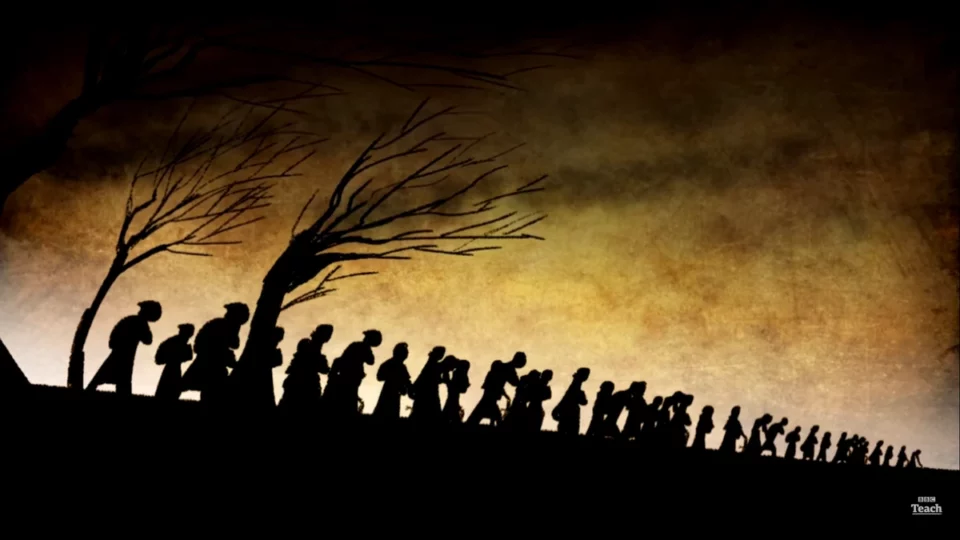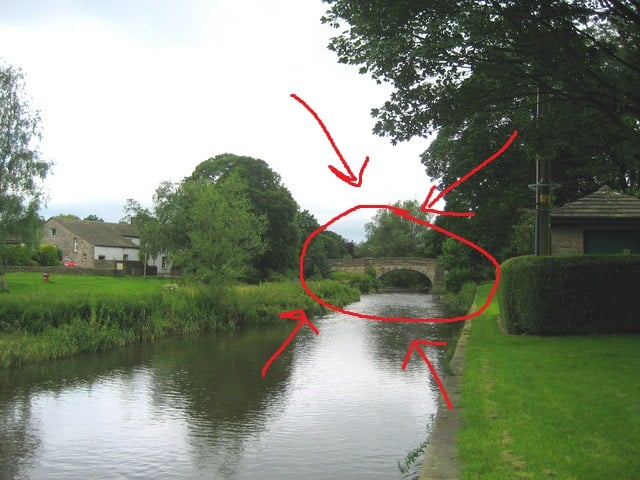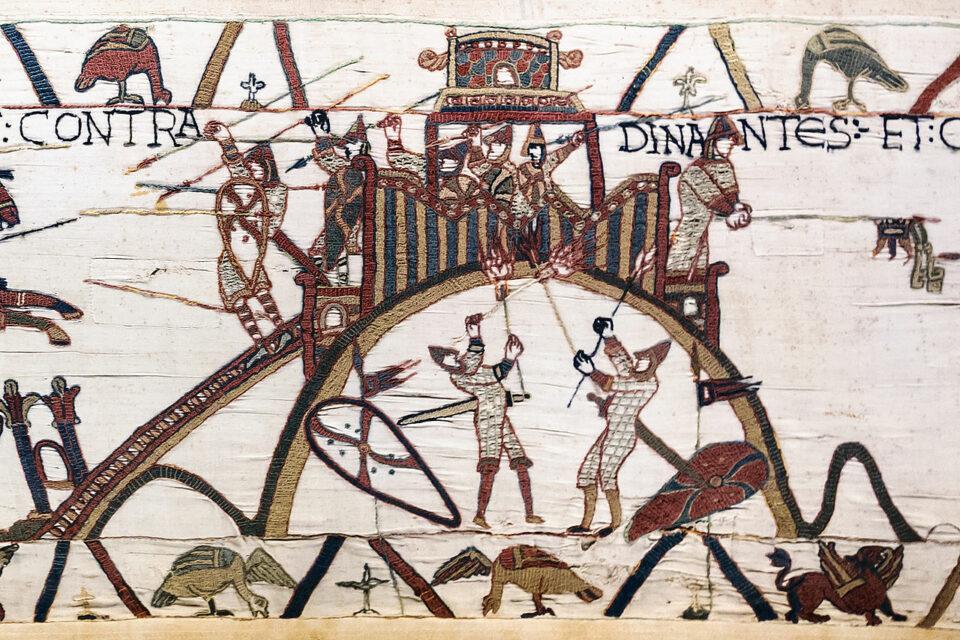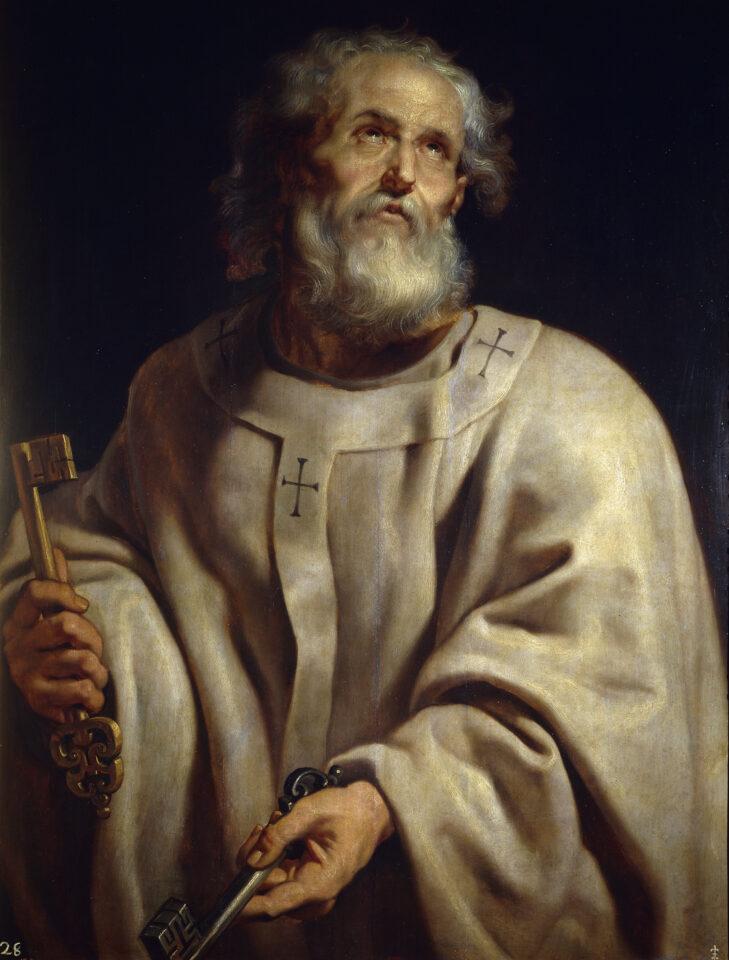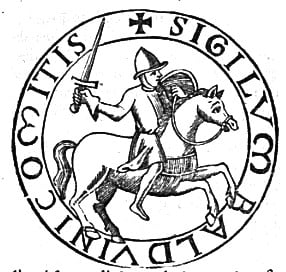Podcast: Play in new window | Download
Hereward the Wake, a figure of enigmatic life and legendary prowess, reemerges into the historical narrative with stories filled with feuds, exile, and resistance against Norman oppression. After a period of political turmoil, he returns to England to avenge the injustices against his family by the Normans, showcasing his military skill and leadership. Hereward’s actions ignite a widespread rebellion, attracting a band of followers with whom he embarks on a campaign of guerrilla warfare, challenging Norman control and becoming a symbol of English resistance.
Rough Transcript:




